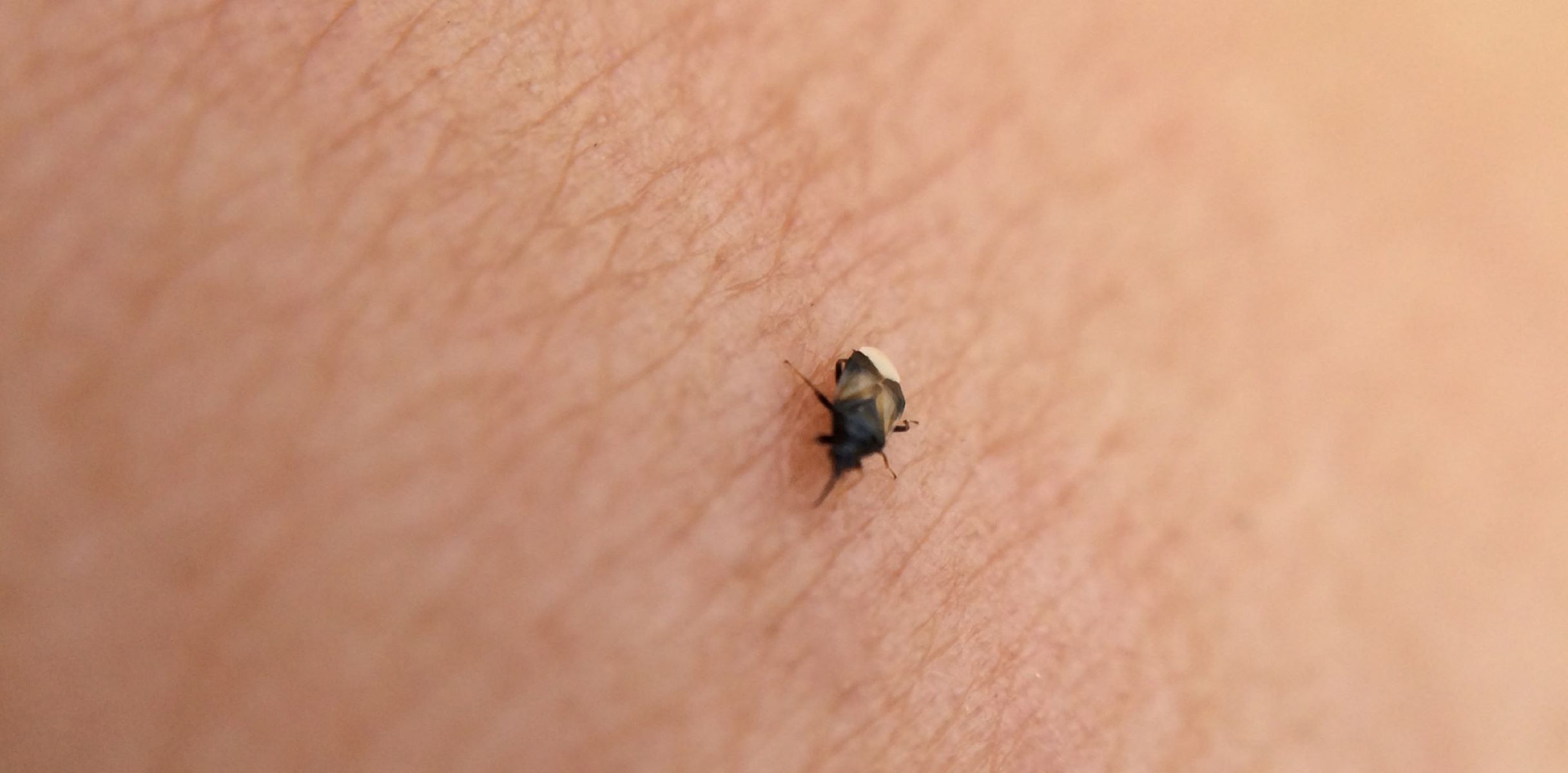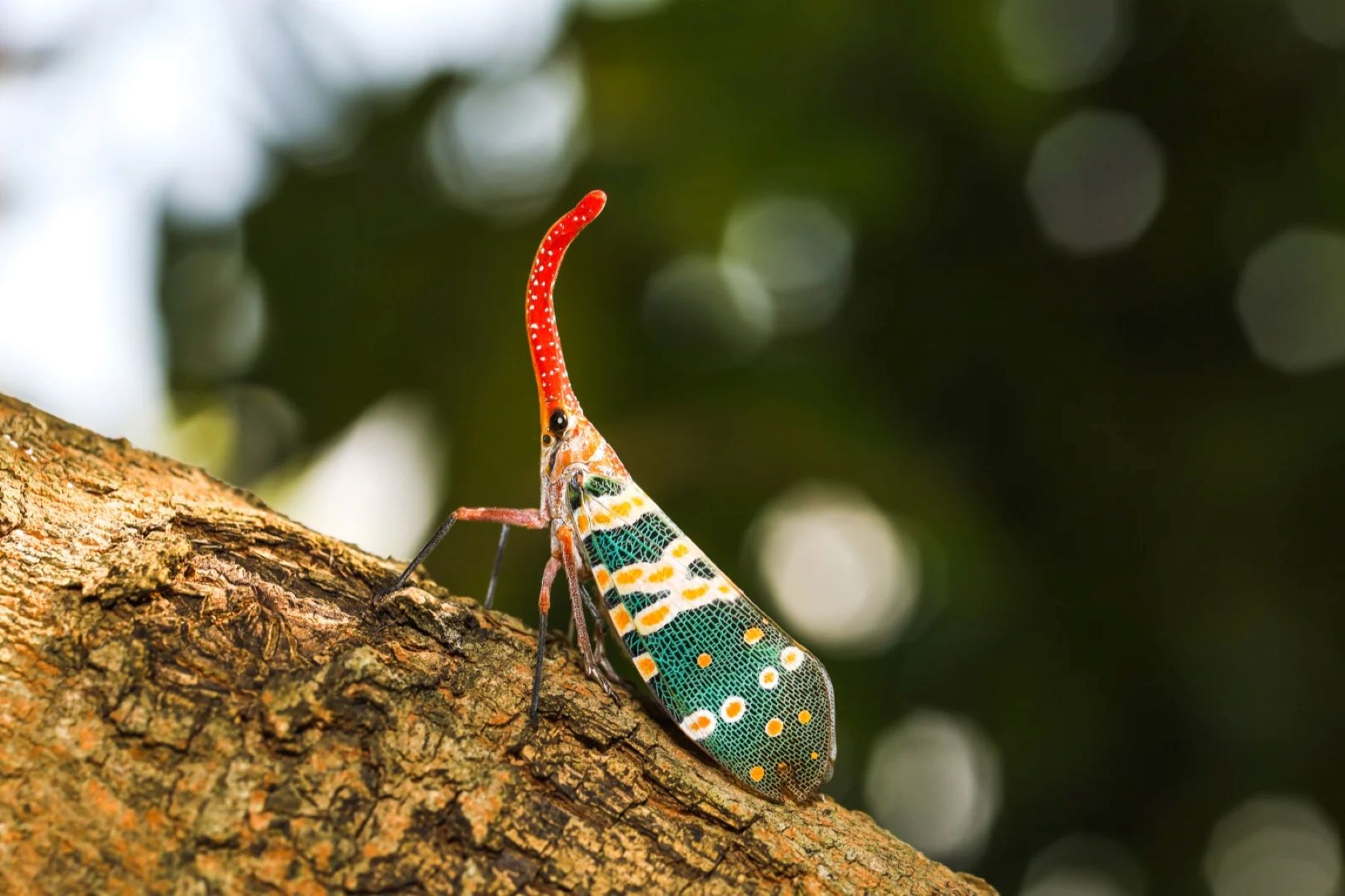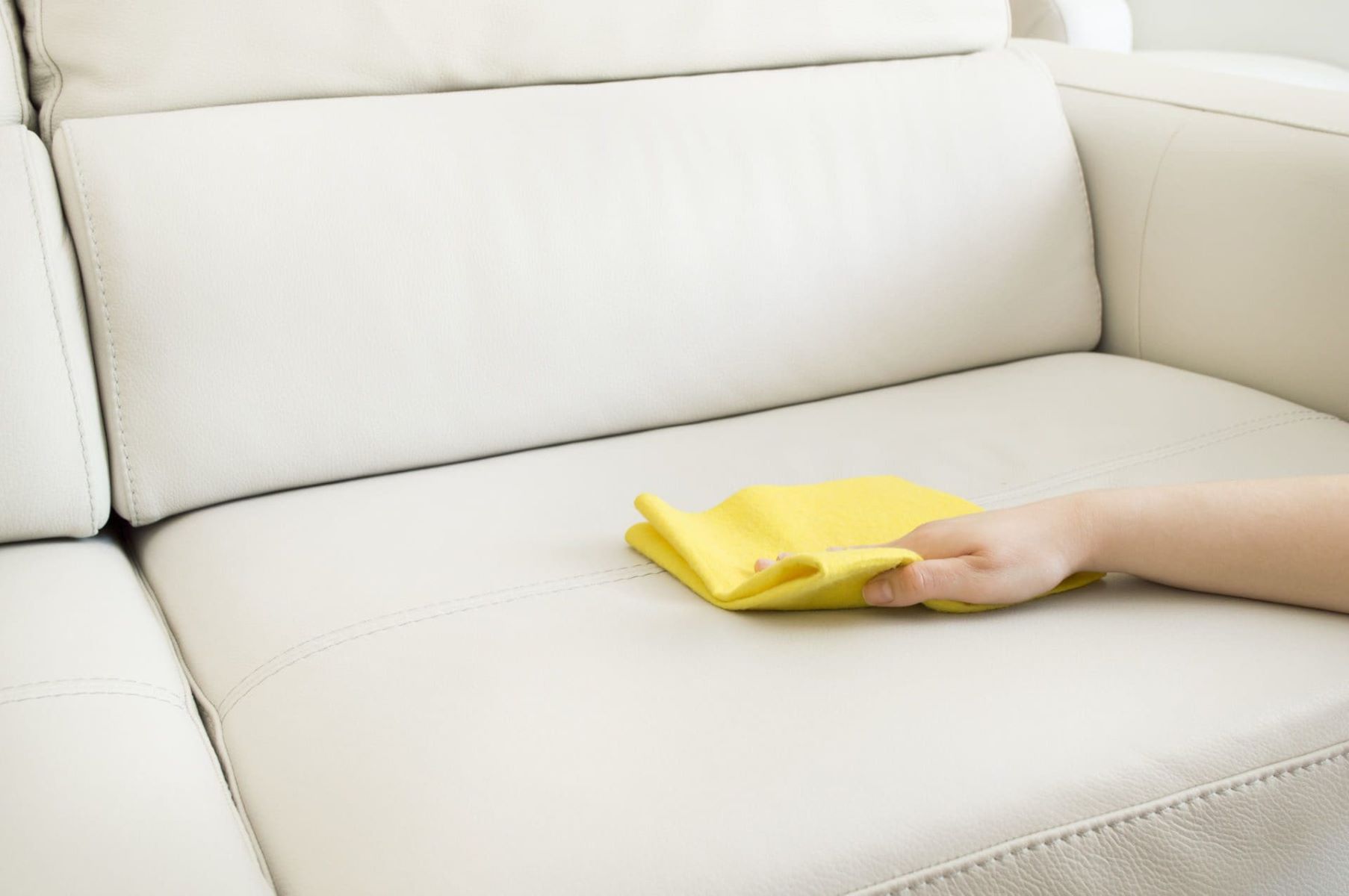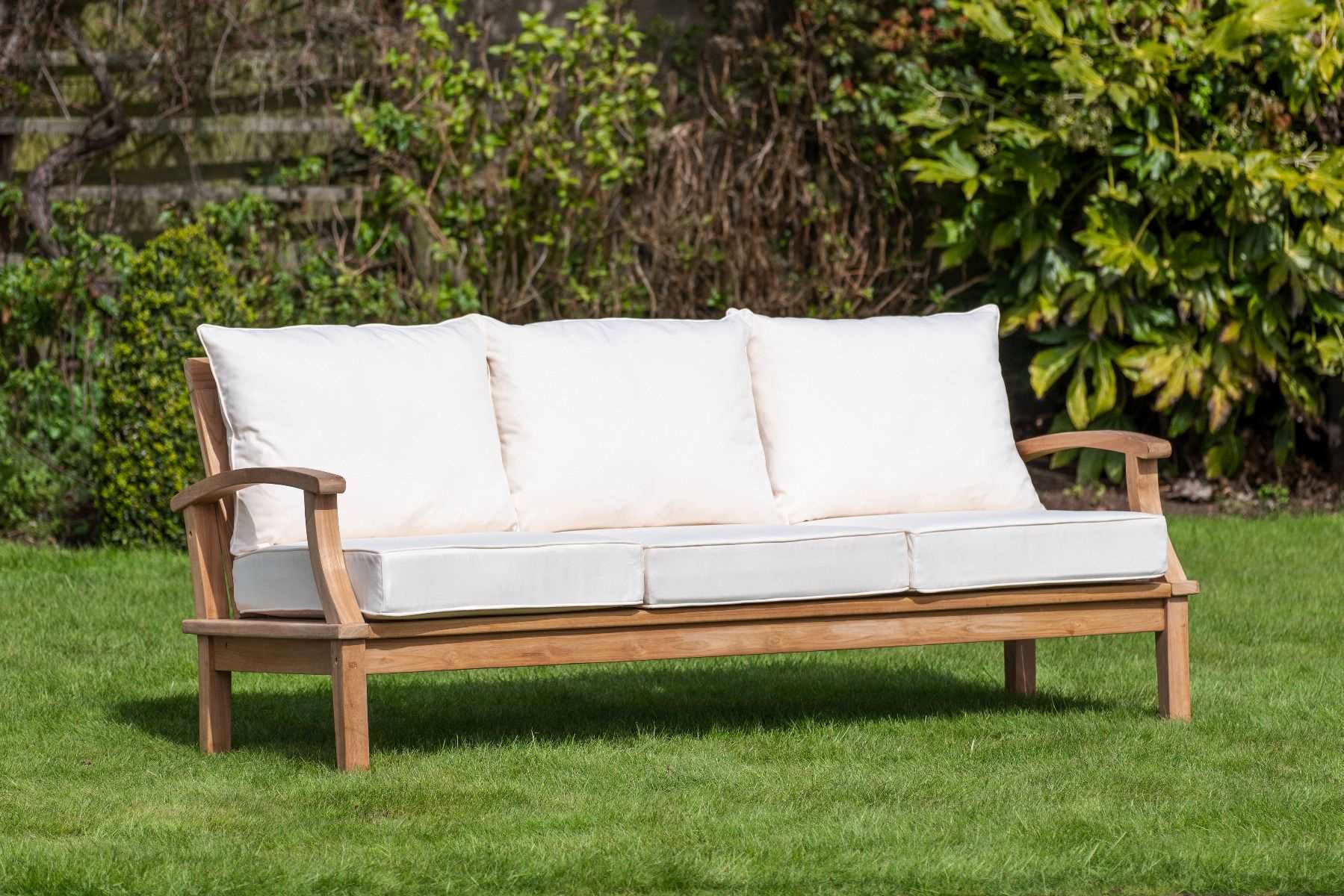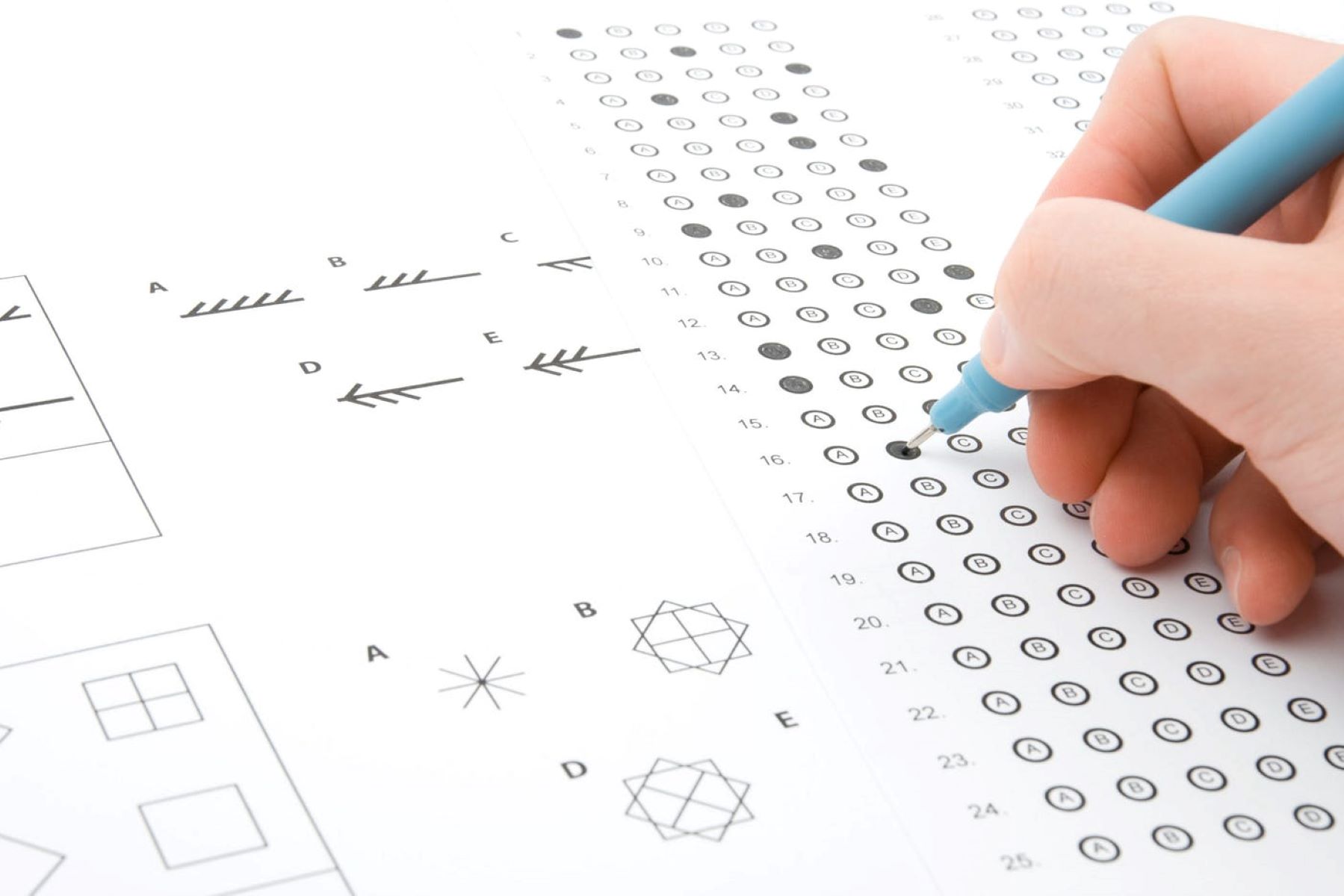Home>Health and Wellness>The Truth About Bed Bugs On Sleeper Sofa Mattresses
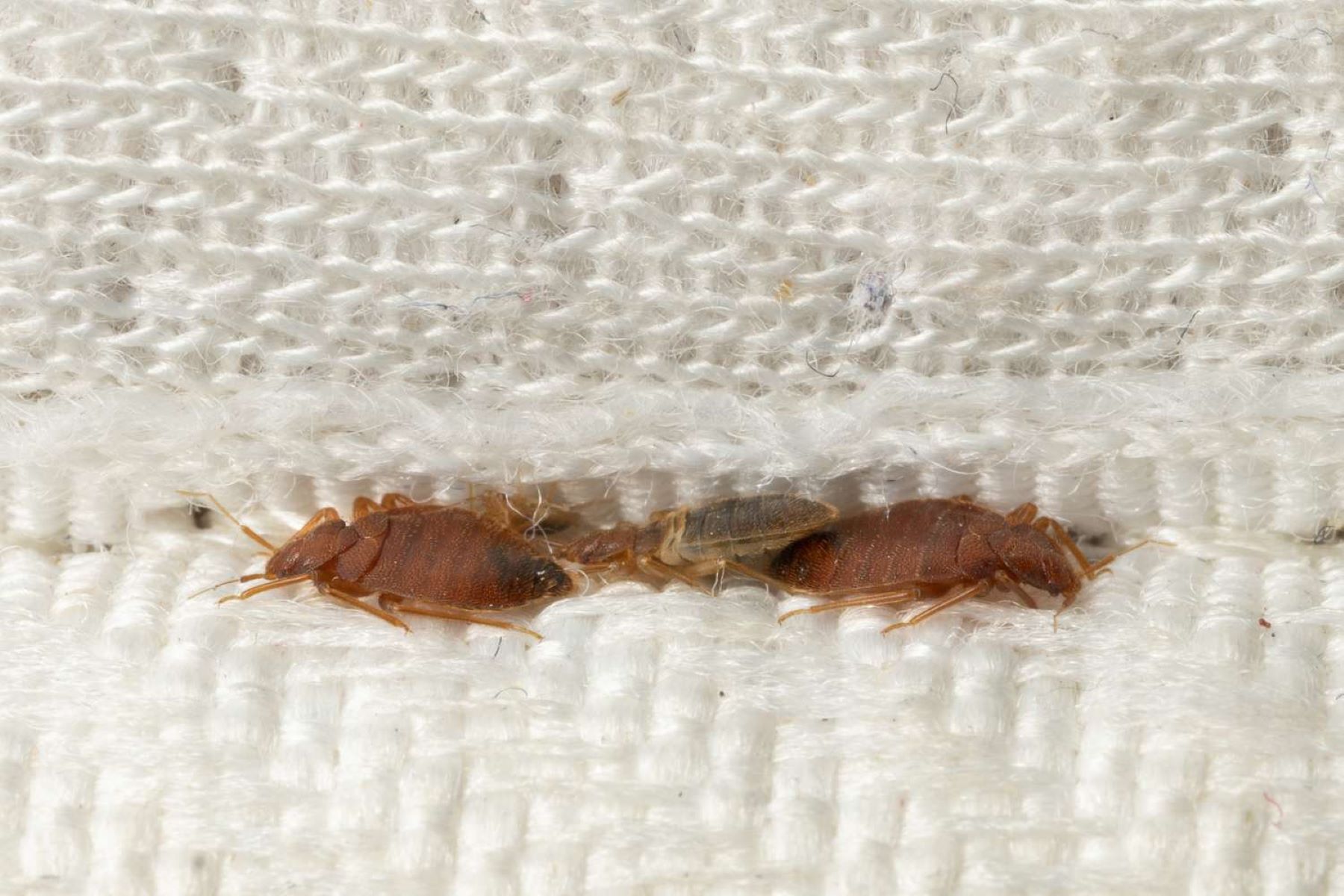

Health and Wellness
The Truth About Bed Bugs On Sleeper Sofa Mattresses
Published: January 14, 2024
Discover the impact of bed bugs on sleeper sofa mattresses and how it affects your health and wellness. Learn how to protect yourself and your loved ones.
(Many of the links in this article redirect to a specific reviewed product. Your purchase of these products through affiliate links helps to generate commission for Regretless.com, at no extra cost. Learn more)
Table of Contents
Introduction
Bed bugs are a persistent nuisance that can infiltrate various parts of our living spaces, including sleeper sofa mattresses. These tiny, reddish-brown insects are notorious for their ability to cause discomfort and distress, often leading to sleepless nights and itchy bites. The presence of bed bugs on sleeper sofa mattresses can be a source of anxiety for homeowners and renters alike, as these pests are adept at hiding and can be challenging to eliminate.
In this comprehensive guide, we will delve into the truth about bed bugs on sleeper sofa mattresses, exploring their characteristics, signs of infestation, infestation pathways, associated risks, and effective prevention and treatment methods. By shedding light on this common issue, we aim to equip readers with the knowledge and strategies needed to tackle bed bug infestations and reclaim peace of mind in their homes.
As we navigate through the intricacies of dealing with bed bugs on sleeper sofa mattresses, it's important to approach the topic with a blend of vigilance and practicality. By understanding the behavior and habits of these pests, individuals can take proactive measures to safeguard their living spaces and prevent the unwelcome intrusion of bed bugs. With this in mind, let's embark on a journey to uncover the truth about bed bugs on sleeper sofa mattresses and empower ourselves with the tools to combat these resilient adversaries.
What Are Bed Bugs?
Bed bugs, scientifically known as Cimex lectularius, are small parasitic insects that feed on the blood of humans and animals. These nocturnal pests belong to the family Cimicidae and are adept at concealing themselves in various cracks and crevices, making them elusive and challenging to eradicate.
Measuring about the size of an apple seed, bed bugs have flat, oval-shaped bodies that allow them to easily slip into narrow spaces, such as mattress seams, furniture upholstery, and electrical outlets. Their reddish-brown hue enables them to blend seamlessly into their surroundings, further enhancing their ability to evade detection.
Despite their diminutive size, bed bugs are resilient and can survive for several months without a blood meal, making them formidable adversaries in the realm of pest control. These pests are capable of withstanding a wide range of temperatures, enabling them to thrive in diverse environments and endure harsh conditions.
Bed bugs are known for their distinct feeding behavior, which involves piercing the skin of their hosts with elongated mouthparts to extract blood. While their bites are not known to transmit diseases, they can cause itching, discomfort, and allergic reactions in some individuals. The aftermath of bed bug bites often manifests as small, red welts on the skin, typically arranged in a linear or clustered pattern.
Understanding the biology and behavior of bed bugs is crucial for identifying and addressing infestations effectively. By familiarizing ourselves with the characteristics and habits of these persistent pests, we can develop targeted strategies to mitigate their impact and prevent their proliferation in our living spaces.
Signs of Bed Bugs on Sleeper Sofa Mattresses
Identifying the presence of bed bugs on sleeper sofa mattresses is crucial for early intervention and effective pest management. These resilient pests are adept at concealing themselves within the folds and seams of mattresses, making it imperative to recognize the telltale signs of infestation. By remaining vigilant and attuned to potential indicators of bed bug activity, individuals can take proactive measures to address the issue promptly and prevent its escalation.
Visual Confirmation
One of the primary signs of bed bugs on sleeper sofa mattresses is the visual presence of the insects themselves. Bed bugs are typically visible to the naked eye, especially in the adult stage, where they appear as reddish-brown, wingless insects with a flattened, oval-shaped body. Upon close inspection of the mattress seams, tufts, and crevices, individuals may spot these pests or their shed exoskeletons, indicating an active infestation.
Fecal Stains
Bed bug fecal stains, often resembling small dark spots or smears, may be noticeable on the surface of sleeper sofa mattresses. These stains are a result of the insects' excrement and are commonly found in areas where bed bugs congregate, feed, and harbor. By examining the mattress fabric and seams for these distinct markings, individuals can gain insight into the presence and extent of a potential bed bug infestation.
Blood Stains
In instances where bed bugs have engorged themselves during feeding, they may inadvertently leave behind small blood stains on the mattress fabric. These reddish-brown marks, which resemble tiny smudges, can serve as a visible indication of bed bug activity. By scrutinizing the mattress surface for these telltale bloodstains, individuals can discern the likelihood of a bed bug infestation and take appropriate measures to address it.
Musty Odor
The presence of a musty or sweet odor emanating from the sleeper sofa mattress may also signal a bed bug infestation. Bed bugs release pheromones, which can contribute to the development of a distinct and unpleasant smell in areas where they are prevalent. Detecting such odors, especially in close proximity to the mattress, can prompt individuals to conduct a thorough inspection for other signs of bed bug activity.
Bite Marks
Individuals sleeping on sleeper sofas may experience unexplained bite marks on their skin, particularly in areas exposed to the mattress. These bites, characterized by red welts or localized itching, can be indicative of bed bug feeding. While not everyone reacts to bed bug bites, the presence of unexplained skin irritations should prompt a thorough assessment of the sleeper sofa mattress for signs of infestation.
By remaining attentive to these signs of bed bugs on sleeper sofa mattresses, individuals can proactively address infestations and seek professional pest management assistance when necessary. Early detection and intervention are key to mitigating the impact of bed bugs and restoring comfort and tranquility to living spaces.
How Do Bed Bugs Infest Sleeper Sofa Mattresses?
Bed bugs are adept at infiltrating sleeper sofa mattresses through various means, capitalizing on their elusive nature and proclivity for hitchhiking. Understanding the pathways through which these pests infest sleeper sofa mattresses is essential for implementing preventive measures and minimizing the risk of infestation.
-
Hitchhiking: Bed bugs are notorious hitchhikers, often latching onto clothing, luggage, and other belongings as they move from one location to another. When individuals unknowingly transport infested items into their homes, bed bugs seize the opportunity to disembark and seek refuge in sleeper sofa mattresses. This mode of transportation enables bed bugs to gain access to new environments, including living rooms and guest spaces where sleeper sofas are commonly found.
-
Infested Furniture: Acquiring secondhand furniture, including sleeper sofas, poses a potential risk of bed bug infestation. If the furniture has been previously infested, bed bugs may have taken up residence within the upholstery, seams, or framework. Upon introducing infested furniture into a home, the bed bugs can disperse and establish themselves within sleeper sofa mattresses, leveraging the concealed spaces and proximity to human hosts for sustenance.
-
Temporary Lodging: Individuals staying in temporary accommodations, such as hotels or vacation rentals, may inadvertently come into contact with bed bugs. If these pests hitch a ride on luggage or personal belongings, they can be transported back to the individual's residence. Once home, the bed bugs may gravitate towards sleeper sofa mattresses, drawn to the opportunity for harborage and proximity to potential hosts during periods of rest and relaxation.
-
Adjacent Infestations: Bed bugs can also infest sleeper sofa mattresses through adjacent infestations in the vicinity. If neighboring areas or adjacent rooms are already harboring bed bugs, these pests may migrate to sleeper sofas and mattresses in search of new hiding spots and sources of sustenance. This lateral movement allows bed bugs to expand their presence within a dwelling, posing a risk to sleeper sofa mattresses and the individuals utilizing them.
By recognizing the various avenues through which bed bugs infest sleeper sofa mattresses, individuals can adopt proactive measures to mitigate the risk of infestation. Vigilance, regular inspections, and prudent handling of infested items are essential strategies for safeguarding sleeper sofa mattresses and preventing the unwelcome intrusion of bed bugs into living spaces.
The Dangers of Bed Bugs on Sleeper Sofa Mattresses
The presence of bed bugs on sleeper sofa mattresses poses a myriad of dangers, encompassing physical discomfort, psychological distress, and potential economic repercussions. These resilient pests can significantly impact the well-being and peace of mind of individuals, necessitating swift and decisive measures to address their presence.
One of the primary dangers associated with bed bugs on sleeper sofa mattresses is the risk of persistent itching and skin irritation resulting from their bites. While bed bug bites are not known to transmit diseases, they can provoke allergic reactions in some individuals, leading to discomfort and distress. The incessant itching and development of red welts on the skin can disrupt sleep patterns and diminish overall quality of life, affecting individuals' physical and emotional well-being.
Furthermore, the psychological toll of dealing with bed bugs on sleeper sofa mattresses should not be overlooked. The pervasive anxiety and stress stemming from the awareness of bed bug infestation can erode individuals' sense of security within their own homes. The fear of encountering bed bugs during rest or relaxation can lead to heightened vigilance and a persistent feeling of unease, impacting mental health and overall resilience.
In addition to the personal implications, the presence of bed bugs on sleeper sofa mattresses can give rise to potential economic consequences. Addressing bed bug infestations often necessitates professional intervention and may involve the disposal of infested mattresses and furniture, incurring financial costs. Moreover, the impact of bed bug infestations on rental properties or guest accommodations can lead to reputational damage and financial liabilities, underscoring the far-reaching implications of these pests on the hospitality and housing sectors.
The dangers of bed bugs on sleeper sofa mattresses extend beyond physical discomfort, encompassing emotional strain and potential financial burdens. By acknowledging these risks, individuals can cultivate a heightened awareness of the impact of bed bug infestations and prioritize proactive measures to mitigate their effects. Through diligent prevention and swift intervention, the dangers posed by bed bugs on sleeper sofa mattresses can be effectively mitigated, restoring comfort and tranquility to living spaces.
Preventing and Treating Bed Bugs on Sleeper Sofa Mattresses
Preventing and treating bed bug infestations on sleeper sofa mattresses requires a multifaceted approach that encompasses proactive measures, meticulous hygiene practices, and targeted interventions. By implementing comprehensive strategies aimed at deterring bed bugs and addressing existing infestations, individuals can safeguard their living spaces and mitigate the impact of these resilient pests.
Prevention Strategies
Vigilant Inspection:
Regularly inspecting sleeper sofa mattresses for signs of bed bugs is paramount for early detection and prevention. Thoroughly examine the seams, tufts, and crevices of the mattress, paying close attention to any visual indicators such as live bed bugs, shed exoskeletons, fecal stains, or blood smears. By identifying potential infestations at an early stage, individuals can intervene promptly and prevent the proliferation of bed bugs.
Encasement:
Utilizing bed bug-proof encasements for sleeper sofa mattresses can serve as a protective barrier against infestations. These specialized encasements, designed to enclose the entire mattress and box spring, prevent bed bugs from accessing or escaping the interior, effectively containing any existing infestations and thwarting new incursions.
Hygiene Practices:
Maintaining cleanliness and orderliness in living spaces can contribute to bed bug prevention. Regular vacuuming, dusting, and laundering of bedding and upholstery can minimize the likelihood of bed bug harborage and limit their access to conducive environments. Additionally, minimizing clutter and sealing cracks and crevices can reduce potential hiding spots for bed bugs.
Vigilance during Travel:
Exercise caution and vigilance when traveling or acquiring secondhand furniture to prevent the inadvertent introduction of bed bugs into living spaces. Thoroughly inspect luggage, clothing, and any items obtained from external sources for signs of bed bug activity before bringing them into the home.
Treatment Approaches
Professional Intervention:
In the event of a confirmed bed bug infestation on a sleeper sofa mattress, seeking professional pest management services is often the most effective course of action. Pest control professionals can conduct thorough inspections, implement targeted treatment protocols, and provide guidance on mitigating the spread of bed bugs within the home.
Heat Treatment:
Heat treatment, involving the controlled application of high temperatures to infested items, can be an effective method for eradicating bed bugs on sleeper sofa mattresses. By subjecting the mattress to heat levels that exceed the tolerance of bed bugs, this approach can eliminate the pests and their eggs, offering a non-chemical alternative for treatment.
Integrated Pest Management:
Adopting an integrated pest management (IPM) approach can aid in addressing bed bug infestations on sleeper sofa mattresses. This comprehensive strategy incorporates various tactics such as vacuuming, steam treatment, targeted insecticide applications, and ongoing monitoring to manage infestations and prevent their recurrence.
By integrating these preventive and treatment strategies, individuals can fortify their defenses against bed bugs on sleeper sofa mattresses and respond effectively to potential infestations. Prioritizing vigilance, hygiene, and proactive measures is essential for maintaining a bed bug-free environment and preserving the comfort and well-being of occupants.
Read more: Top 10 Places That Accept Mattress Donations
Conclusion
In conclusion, the presence of bed bugs on sleeper sofa mattresses can disrupt the tranquility of living spaces, posing physical, emotional, and economic challenges for individuals. By familiarizing ourselves with the signs of infestation, understanding the pathways through which bed bugs infiltrate sleeper sofa mattresses, and recognizing the associated risks, we can fortify our defenses and respond effectively to potential infestations. Vigilance, proactive prevention, and targeted treatment approaches are essential components of a comprehensive strategy to combat bed bugs and safeguard the comfort and well-being of occupants.
The multifaceted nature of bed bug prevention and treatment underscores the importance of adopting a proactive stance in managing infestations. Through vigilant inspection, utilization of protective encasements, meticulous hygiene practices, and prudent handling of infested items, individuals can minimize the risk of bed bug incursions and maintain a bed bug-free environment. Additionally, remaining vigilant during travel and when acquiring secondhand furniture can prevent the inadvertent introduction of bed bugs into living spaces, mitigating the potential for infestations.
In the event of a confirmed infestation, seeking professional pest management services and considering heat treatment or integrated pest management approaches can yield effective results in eradicating bed bugs from sleeper sofa mattresses. By leveraging these targeted interventions and adhering to best practices, individuals can address infestations promptly and prevent the proliferation of bed bugs within their homes.
Ultimately, by prioritizing proactive measures, meticulous hygiene, and swift intervention, individuals can reclaim peace of mind and restore comfort to their living spaces. The resilience of bed bugs underscores the importance of a comprehensive and persistent approach to prevention and treatment, empowering individuals to mitigate the impact of these pests and cultivate a bed bug-free environment for themselves and their families.
As we navigate the complexities of managing bed bugs on sleeper sofa mattresses, it is imperative to approach the issue with a blend of vigilance and practicality. By understanding the behaviors and habits of these pests and implementing targeted strategies, individuals can fortify their defenses and reclaim tranquility within their homes. Through diligence and informed action, the challenges posed by bed bugs can be effectively mitigated, ensuring that living spaces remain havens of comfort and well-being for all occupants.
